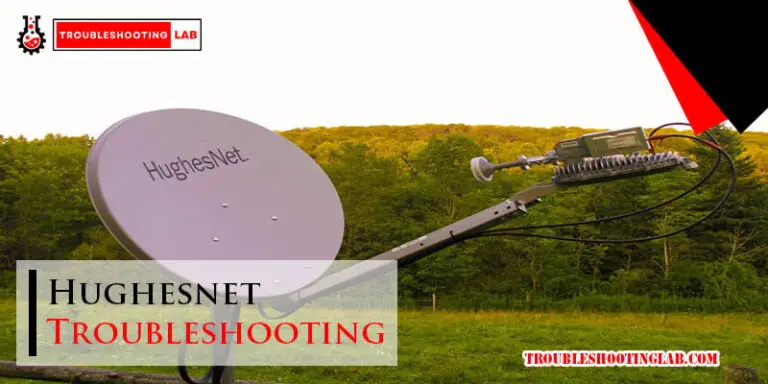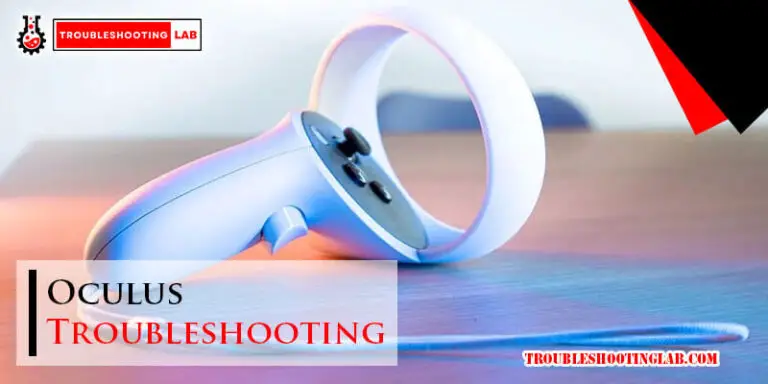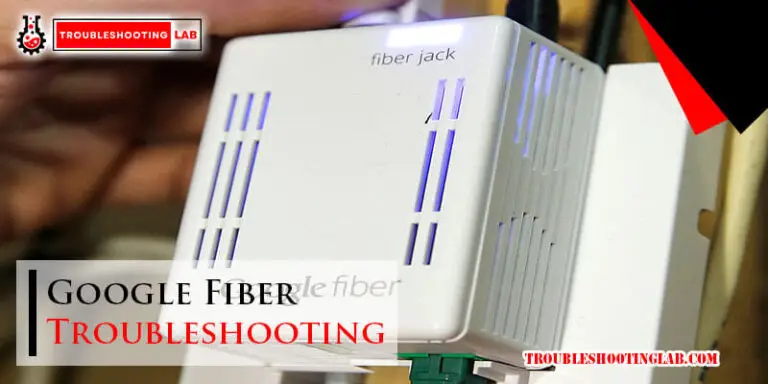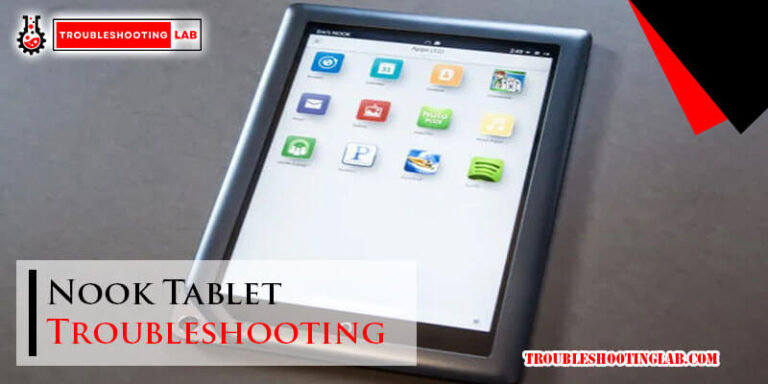IoT Remote Troubleshooting: Streamline Your Tech Support Today
The Internet of Things (IoT) is everywhere. Devices are connected, sharing data constantly.
IoT remote troubleshooting can save time and reduce costs. It allows quick fixes without physical presence. Understanding how to troubleshoot IoT devices remotely is vital. It ensures seamless operation and minimizes downtime. In this blog, we’ll explore the essentials of IoT remote troubleshooting.
You will learn the tools and techniques needed for effective problem-solving. We’ll discuss common challenges and how to overcome them. Whether you’re a beginner or an expert, this guide will provide valuable insights. Let’s dive in and keep those devices running smoothly!
Introduction To Iot Remote Troubleshooting
IoT remote troubleshooting is a method to solve problems from a distance. It uses the Internet of Things (IoT) to connect devices. This technology helps technicians fix issues without being on-site. IoT devices can be anything from smart home gadgets to industrial machines. They send data to a central system. This data helps identify and solve problems quickly.
Remote troubleshooting has become essential in today’s digital age. Many businesses rely on IoT devices for smooth operations. Quick problem-solving ensures minimal downtime. This boosts productivity and customer satisfaction.
Importance Of Remote Troubleshooting
Remote troubleshooting saves time and resources. Technicians do not need to travel to the site. They can access the device data from their location. This quick access helps in diagnosing issues faster.
It also reduces operational costs. No need for frequent on-site visits means lower travel expenses. Companies can allocate resources more efficiently. This leads to better overall performance and cost savings.
Benefits For Tech Support
Tech support teams benefit greatly from IoT remote troubleshooting. They can handle more issues in less time. This increases their efficiency and effectiveness.
It also improves customer satisfaction. Quick resolutions make customers happy. They appreciate fast and effective support. This builds trust and loyalty to the company.
Remote troubleshooting also provides valuable data. Tech support can analyze this data to prevent future issues. They can offer better solutions and improve product quality.
Key Components Of Iot Systems
Understanding the key components of IoT systems is crucial. These components form the backbone of remote troubleshooting. Each part plays a vital role in ensuring smooth operations. Let’s dive into the essential elements.
Sensors And Devices
Sensors and devices collect data from the environment. They monitor various parameters. These can include temperature, humidity, or motion. This data is vital for making informed decisions. Devices can be anything from smart thermostats to industrial machines. They gather real-time data to send to the central system.
Communication Networks
Communication networks transmit the data collected by sensors. They are the bridge between devices and central systems. Networks can be wireless or wired. Common types include Wi-Fi, Bluetooth, and cellular networks. Reliable communication ensures data reaches its destination. This enables timely troubleshooting and maintenance.
Common Iot Issues
The Internet of Things (IoT) has transformed the way we interact with devices. But with this transformation comes a unique set of challenges. Below, we explore some of the most common IoT issues you may encounter.
Connectivity Problems
Connectivity issues are a major roadblock in IoT systems. Devices rely on stable connections to function properly. Here are some common connectivity problems:
- Weak Wi-Fi signal
- Interference from other devices
- Incompatible network protocols
- Overloaded networks
Ensuring a strong and stable connection is crucial for the optimal performance of IoT devices. Regularly check your network settings and update firmware to mitigate these issues.
Device Malfunctions
Device malfunctions can disrupt the entire IoT ecosystem. These malfunctions may occur due to:
- Hardware failures
- Software bugs
- Power issues
Hardware failures might include broken sensors or damaged circuits. Software bugs can cause devices to behave unpredictably. Power issues often arise from unstable power supplies or battery failures.
To minimize malfunctions, conduct regular maintenance and perform routine checks on your devices. Keep your software up-to-date and always use reliable power sources.
Tools For Remote Troubleshooting
In the world of the Internet of Things (IoT), remote troubleshooting is essential. It saves time and reduces costs. To perform remote troubleshooting effectively, specific tools are required. These tools help identify, diagnose, and resolve issues from a distance. This section will focus on key tools for remote troubleshooting.
Diagnostic Software
Diagnostic software is crucial for identifying problems in IoT devices. This software collects data from devices and analyzes it for issues. It can detect errors, malfunctions, and performance issues. Diagnostic software often includes real-time monitoring. This helps in tracking device health continuously. It also provides detailed reports for better understanding of the issues.
Remote Access Tools
Remote access tools allow technicians to control IoT devices from anywhere. These tools provide a secure connection to the devices. Technicians can perform tasks as if they were physically present. They can update software, change settings, and troubleshoot issues. Remote access tools save travel time and costs. They also enable faster resolution of problems.
Steps For Effective Troubleshooting
Effective troubleshooting in IoT remote environments requires a systematic approach. By following clear steps, you can quickly identify and solve issues, ensuring minimal downtime and improved device performance. Here, we will discuss the essential steps for effective troubleshooting.
Identify The Problem
The first step is to identify the problem. Start by gathering information from the users or systems experiencing issues. Ask questions like:
- What symptoms are being observed?
- When did the issue first occur?
- Are there any error messages?
Use this information to narrow down potential causes. Check device logs and diagnostic tools for further clues. Understanding the exact issue helps in formulating an effective solution.
Analyze Data
Once the problem is identified, the next step is to analyze data. IoT devices generate vast amounts of data. Use this data to detect patterns and anomalies. Consider the following:
| Data Source | Type of Data | Importance |
|---|---|---|
| Device Logs | Error Codes, Events | High |
| Network Data | Packet Loss, Latency | Medium |
| User Reports | Descriptions, Complaints | High |
Analyzing data helps in understanding the root cause of the problem. Look for any recent changes in the system or environment that could have triggered the issue. Use analytics tools to visualize and interpret the data effectively.

Credit: www.spiceworks.com
Implementing Security Measures
In the world of IoT, remote troubleshooting can be risky. Devices often handle sensitive information. Thus, implementing security measures is essential. Two critical aspects are data encryption and access controls.
Data Encryption
Data encryption is key to IoT security. It ensures that information remains private. Even if data is intercepted, it stays unreadable without the decryption key. There are two main types of encryption:
- Symmetric Encryption: Uses a single key for both encryption and decryption.
- Asymmetric Encryption: Utilizes a pair of keys, public and private.
Symmetric encryption is faster. But, asymmetric encryption is more secure. Combining both types can offer robust protection. Encrypting data in transit and at rest is crucial.
Access Controls
Access controls limit who can interact with devices. Proper controls prevent unauthorized access. Here are some common methods:
- Password Protection: Use strong, unique passwords for each device.
- Multi-Factor Authentication (MFA): Requires multiple forms of verification.
- Role-Based Access Control (RBAC): Assigns access based on user roles.
Password protection is the first line of defense. MFA adds an extra layer of security. RBAC ensures users only have necessary permissions. Implementing these controls enhances security.
Training Your Tech Support Team
Enhance your tech support team’s skills in IoT remote troubleshooting. Focus on training them to diagnose and resolve issues efficiently. Equip your team with the necessary tools and knowledge to handle IoT devices remotely.
Training your tech support team is crucial for effective IoT remote troubleshooting. This ensures they handle issues swiftly and efficiently. An experienced team boosts customer satisfaction and reduces downtime.Skill Development
Skill development is the foundation of a strong tech support team. Focus on technical skills specific to IoT devices. Teach them how to identify and fix common problems. Regular workshops and courses can help keep their knowledge up-to-date. Communication skills are also vital. They need to explain technical issues in simple terms. This helps customers understand the problem and solution. Encourage active listening to better understand customer concerns. Hands-on practice is essential. Provide access to IoT devices for real-world troubleshooting. This practical experience builds confidence and competence.Scenario-based Training
Scenario-based training prepares your team for real-life challenges. Create different troubleshooting scenarios. Include common and complex issues they might face. This helps them think critically and act quickly. Role-playing exercises can be effective. One team member acts as a customer, while another acts as support. This helps them practice communication and problem-solving skills. Simulate emergency situations. Train them on how to handle critical system failures. This ensures they remain calm and efficient during high-pressure situations. Monitor their performance and provide feedback. Highlight areas of improvement and offer guidance. Continuous learning and practice make your team more adept at handling remote troubleshooting. “`
Credit: medium.com
Future Trends In Iot Troubleshooting
The Internet of Things (IoT) continues to grow. This growth brings new challenges in troubleshooting. Future trends in IoT troubleshooting are set to make the process easier and more efficient.
Ai And Machine Learning
AI and Machine Learning are transforming IoT troubleshooting. These technologies can analyze large amounts of data quickly. This allows for faster identification of issues. AI can learn from past problems and predict future ones. This proactive approach saves time and resources.
Here are some key benefits:
- Faster problem detection
- Reduced downtime
- Improved accuracy in diagnosing issues
Predictive Maintenance
Predictive Maintenance is another important trend. It uses data from IoT devices to predict when maintenance is needed. This prevents unexpected failures. Predictive maintenance improves the lifespan of equipment. It also reduces costs associated with emergency repairs.
Some advantages include:
| Benefit | Description |
|---|---|
| Cost Savings | Less downtime and fewer emergency repairs |
| Increased Equipment Lifespan | Timely maintenance keeps devices running longer |
| Efficiency | Optimizes resource use and planning |
By embracing these future trends, businesses can stay ahead. They can ensure their IoT systems run smoothly and efficiently.

Credit: soracom.io
Frequently Asked Questions
What Is Iot Remote Troubleshooting?
IoT remote troubleshooting is diagnosing and fixing issues in IoT devices from a distance.
How Does Iot Remote Troubleshooting Work?
It uses internet connections to access and control IoT devices remotely.
Why Is Iot Remote Troubleshooting Important?
It saves time and reduces costs by fixing problems without physical presence.
Can Iot Remote Troubleshooting Improve Device Uptime?
Yes, it quickly identifies and resolves issues, keeping devices operational.
What Tools Are Needed For Iot Remote Troubleshooting?
Tools include remote access software, diagnostic tools, and secure internet connections.
Conclusion
Embracing IoT remote troubleshooting can greatly enhance efficiency. Businesses can quickly identify issues. This reduces downtime and saves costs. It also improves customer satisfaction. IoT tools provide real-time insights. These insights help in making better decisions. Implementing IoT solutions is smart.
It offers a way to stay competitive. Start exploring IoT remote troubleshooting today. It’s a step towards a more efficient future.






